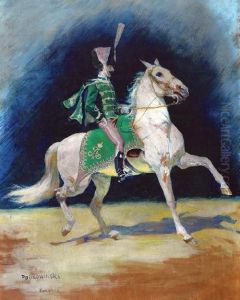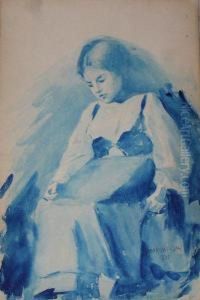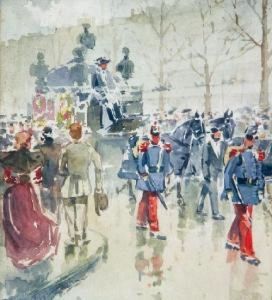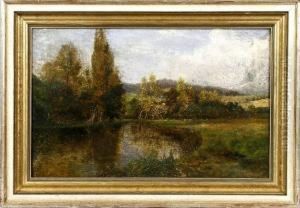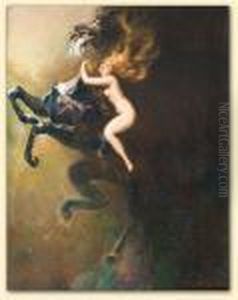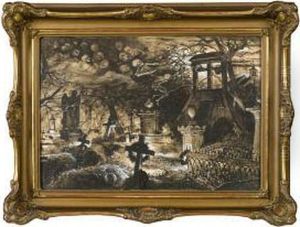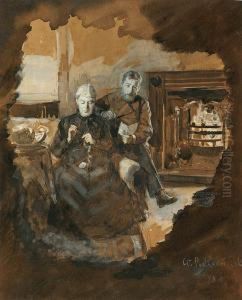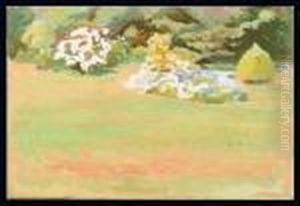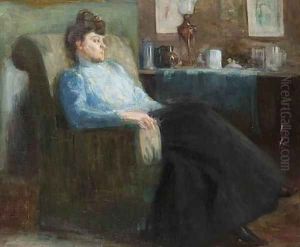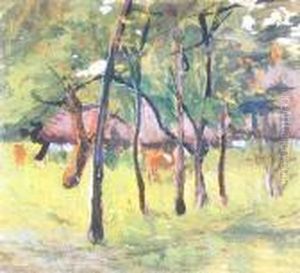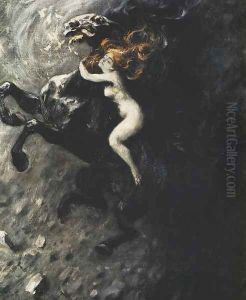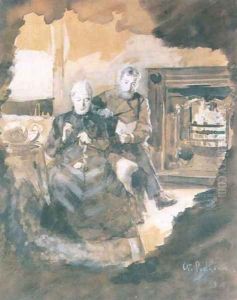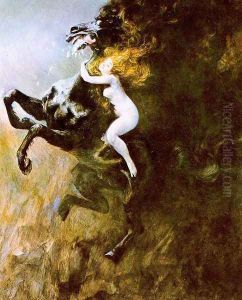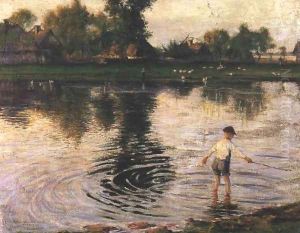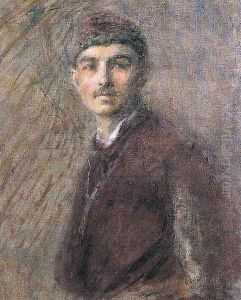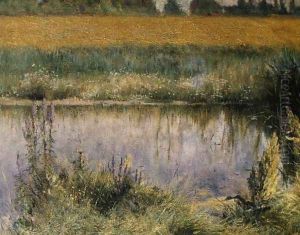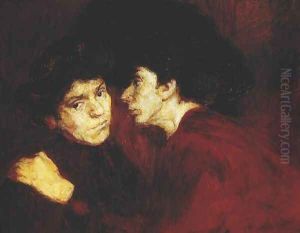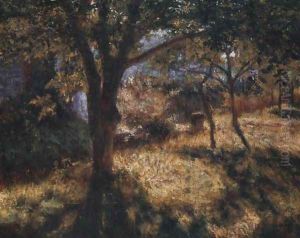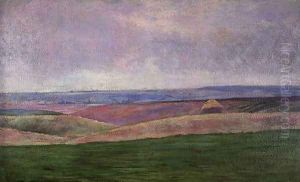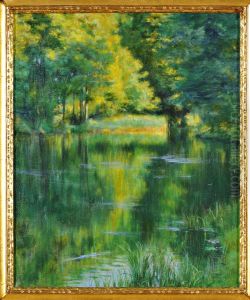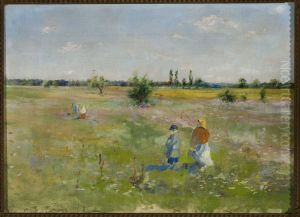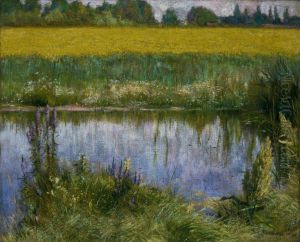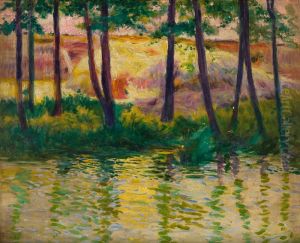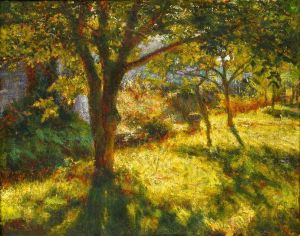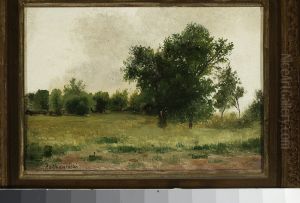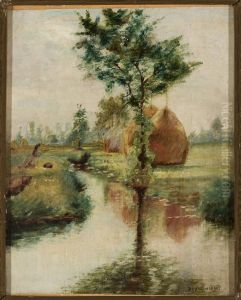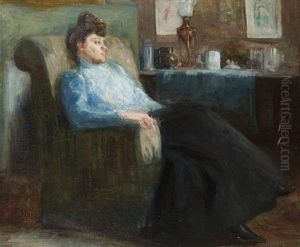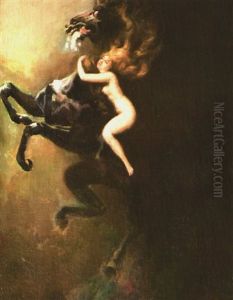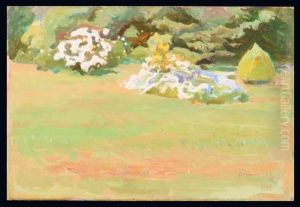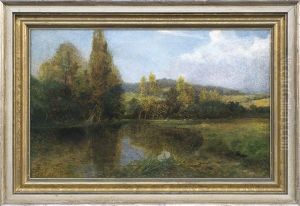Wladyslaw Podkowinski Paintings
Władysław Podkowiński was a prominent Polish painter, best known for his association with the Impressionist movement and his contribution to Symbolism. Born on February 4, 1866, in Warsaw, which was then part of the Russian Empire, Podkowiński showed an early interest in the arts and began his formal education at the Warsaw Drawing Class, a precursor to the Academy of Fine Arts.
Podkowiński's early works were influenced by the academic style, but he gradually became interested in the innovative techniques of Impressionism after a trip to Paris in 1889, where he encountered the works of Claude Monet and other French Impressionists. This experience had a profound impact on his painting style, and he began to experiment with light and color, incorporating these elements into his depiction of landscapes, city scenes, and genre paintings.
Despite his brief career, Podkowiński's most famous work, 'Frenzy of Exultations' ('Szał uniesień'), painted in 1893, became an icon of Polish Symbolism. It depicts a woman on a galloping horse, enveloped in a vibrant, almost chaotic aura of energy that reflects the artist's fascination with the power of emotions and the human psyche. The painting caused a scandal due to its perceived eroticism when it was exhibited at the Zachęta National Gallery of Art in Warsaw and was even attacked and damaged by the artist himself, likely due to a mix of personal crisis and negative critical reception.
Tragically, Podkowiński's life was cut short by a heart condition, and he died on January 5, 1895, at the age of 28. His innovative work, however, left a lasting impression on the Polish art scene, influencing future generations of artists and marking him as a significant figure in the transition from traditional to modern art in Poland. Despite the brevity of his career, his artistic legacy continues to be celebrated for its emotional depth and pioneering spirit.
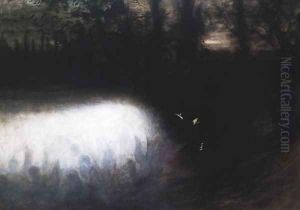
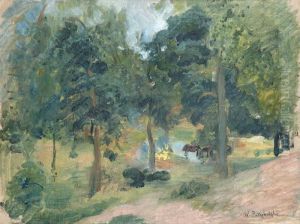
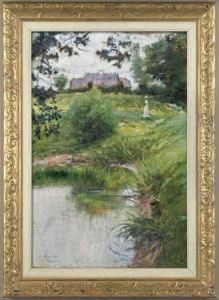
![Ogrodnik [ogrodnik Z Taczka]](https://www.niceartgallery.com/imgs/905340/s/wladyslaw-podkowinski-ogrodnik-ogrodnik-z-taczka-95d728a4.jpg)

